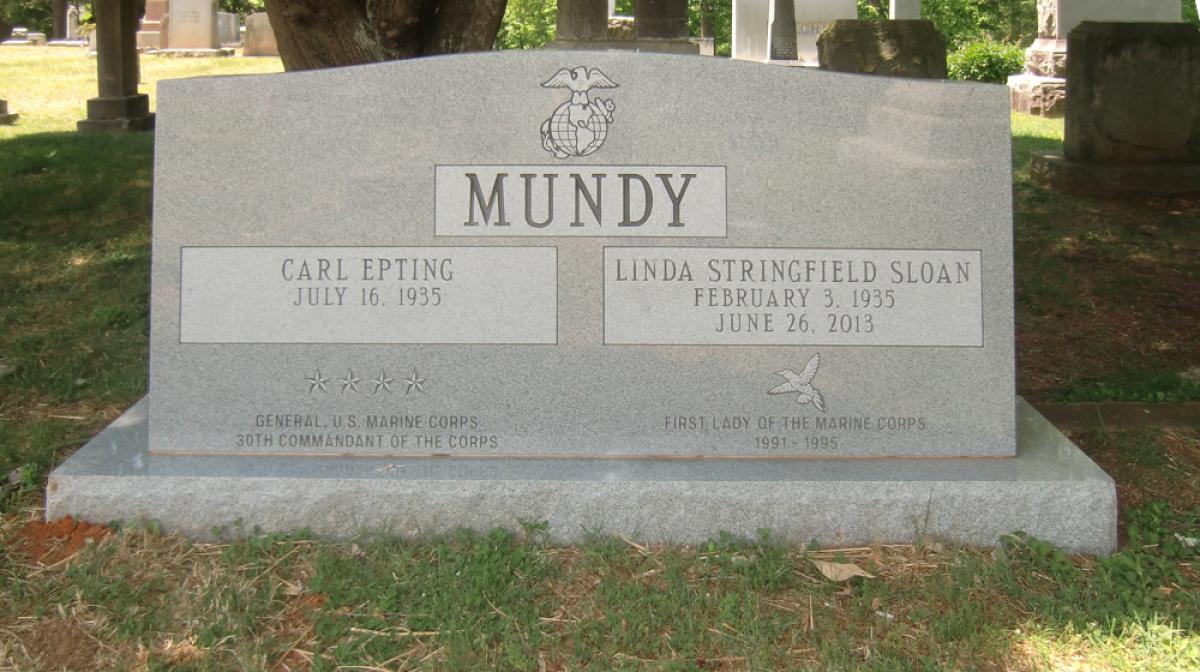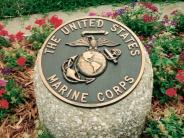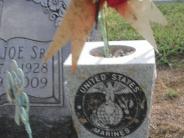- Our Community
- Community Overview City History Community Demographics Chamber of Commerce Events and Activities City Calendar City Parks On-Line Store Cemeteries Local Weather Photo Gallery
- Library School District Public Safety Emergency Management Police Fire ADA Compliance Americans with Disabilities Wall of Honor Wall of Honor
- Grove Regional Airport Grand Lake Association INTEGRIS Grove Hospital Har-Ber Village Lendonwood Garden Playmakers Theatre Cayuga Mission
- Doing Business
- Welcome Visitors
- Grand Lake Association Grove Area Chamber of Commerce Grove Regional Airport Playmakers Theatre
- Cayuga Mission Har-Ber Village Lendonwood Garden Grand River Dam Authority (GRDA)
- On-line Store Photo Gallery Events Where to Eat Where to Stay Where to Park in Downtown Grove Wolf Creek Park & Boating Facility
- Inside City Hall
- Contact City Hall Staff Directory Submit a Complaint or Comment City Code Comprehensive Plan Jobs - Equal Opportunity Employer Non-Discrimination Download Employment Application Submit Employment Application
- Agendas and Minutes City Council Boards and Committees Convention and Tourism Bureau Economic Development Authority Municipal Airport Authority Municipal Service Authority Planning and Zoning Board Zoning Board of Adjustments ADA Compliance Americans with Disabilities
- Departments Administration Airport Buildings and Grounds Community Development Economic Development Finance Fire Emergency Management Municipal Court Police Public Works Utility Services
- Helpful Resources
- Alerts and Notifications Email Subscriptions Events and Meetings Agendas and Minutes City Calendar In the News City News
- Contact the City Staff Directory Submit a Request or Concern Code Red Code Red Login Documents and Forms Documents and Reports Forms, Permits and Applications Maps
- Social Media City of Grove on Facebook Wolf Creek Park on Facebook Grove Animal Control on Facebook Frequently Asked Questions Frequently Used Numbers Helpful Links
United States Marine Corps (USMC)

UNITED STATES MARINE CORPS (USMC) - The history of the United States Marine Corps (USMC) begins with the founding of the Continental Marines on November 10, 1775 to conduct ship-to-ship fighting, provide shipboard security and discipline enforcement, and assist in landing forces. Its mission evolved with changing military doctrine and foreign policy of the United States. Owing to the availability of Marine forces at sea, the United States Marine Corps has served in nearly every conflict in United States history. It attained prominence when its theories and practice of amphibious warfare proved prescient, and ultimately formed a cornerstone of the Pacific Theater of World War II. By the early 20th century, the Marine Corps would become one of the dominant theorists and practitioners of amphibious warfare. Its ability to rapidly respond on short notice to expeditionary crises has made and continues to make it an important tool for American foreign policy.
In February 1776, the Continental Marines embarked on their maiden expedition. The Continental Marines were disbanded at the end of the war, along with the Continental Navy. In preparation for the Quasi-War with France, Congress created the United States Navy and the Marine Corps. The Marines' most famous action of this period occurred in the First Barbary War (1801–1805) against the Barbary pirates. In the Mexican–American War (1846–1848), the Marines made their famed assault on Chapultepec Palace, which overlooked Mexico City, their first major expeditionary venture. In the 1850s, the Marines would see service in Panama, and in Asia. The Marine Corps played only a minor role during the Civil War (1861–1865); their most important task was blockade duty and other ship-board battles, but were mobilized for a handful of operations as the war progressed. The remainder of the 19th century would be a period of declining strength and introspection about the mission of the Marine Corps. Under Commandant Jacob Zeilin's term (1864–1876), many Marine customs and traditions took shape. During the Spanish–American War (1898), Marines would lead American forces ashore in the Philippines, Cuba, and Puerto Rico, demonstrating their readiness for deployment. Between 1900 and 1916, the Marine Corps continued its record of participation in foreign expeditions, especially in the Caribbean and Central and South America, which included Panama, Cuba, Veracruz, Haiti, Santo Domingo, and Nicaragua.
In World War I, battle-tested, veteran Marines served a central role in the United States' entry into the conflict. Between the world wars, the Marine Corps was headed by Major General John A. Lejeune, another popular commandant. In World War II, the Marines played a central role in the Pacific War, participating in nearly every significant battle. T he Corps also saw its peak growth as it expanded from two brigades to two corps with six divisions, and five air wings with 132 squadrons. During the battle for Iwo Jima, photographer Joe Rosenthal took the famous photo Raising of the Flag on Iwo Jima of five Marines and one Navy corpsman raising the American flag on Mount Suribachi. The Korean War (1950–1953) saw the 1st Provisional Marine Brigade holding the line at the Battle of Pusan Perimeter, where Marine helicopters (VMO-6 flying the HO3S1 helicopter) made their combat debut. The Marines also played an important role in the Vietnam War at battles such as Da Nang, Huế, and Khe Sanh. The Marines operated in the northern I Corps regions of South Vietnam and fought both a constant guerilla war against the Viet Cong and an off and on conventional war against North Vietnamese Army regulars. Marines went to Beirut during the 1982 Lebanon War on 24 August. On 23 October 1983, the Marine barracks in Beirut was bombed, causing the highest peacetime losses to the Corps in its history. Marines were also responsible for liberating Kuwait during the Gulf War (1990–1991), as the Army made an attack to the west directly into Iraq. The I Marine Expeditionary Force had a strength of 92,990 making Operation Desert Storm the largest Marine Corps operation in history.
Click any thumbnail image to view a slideshow


